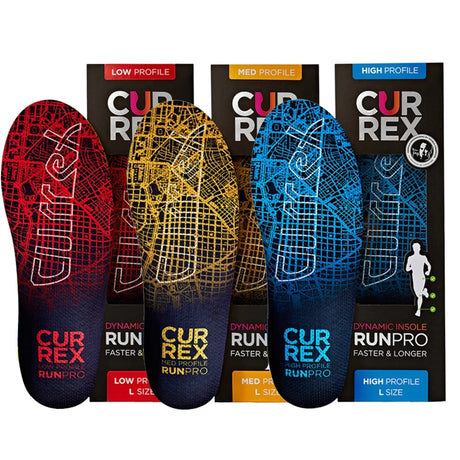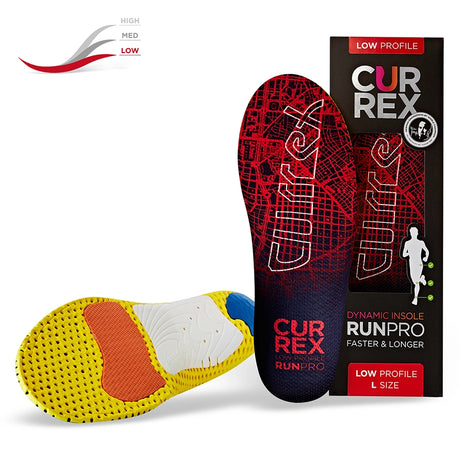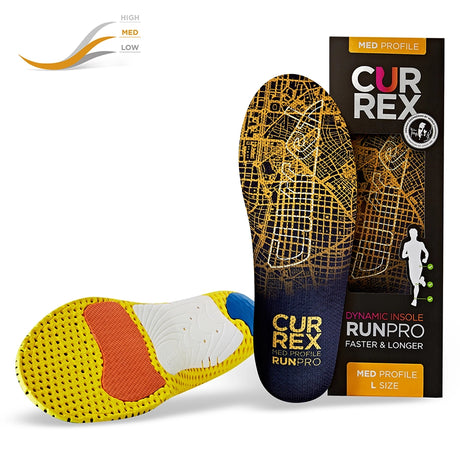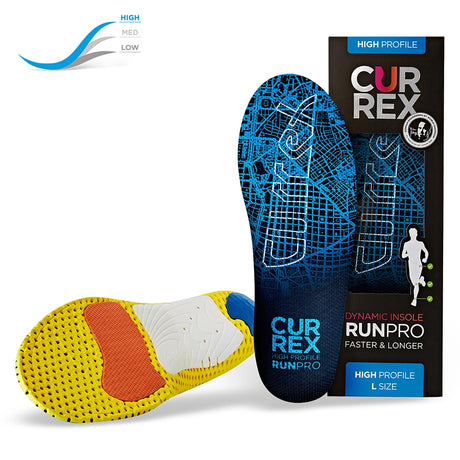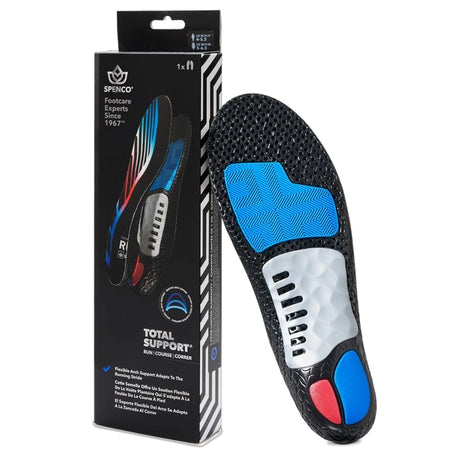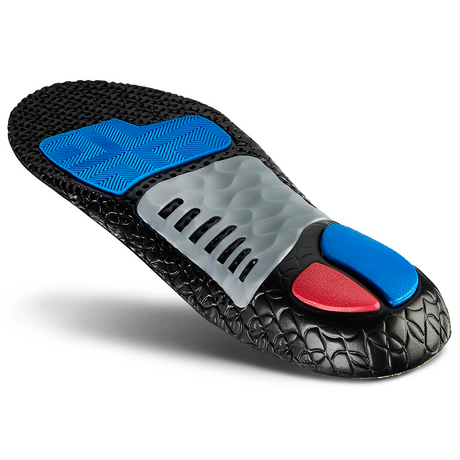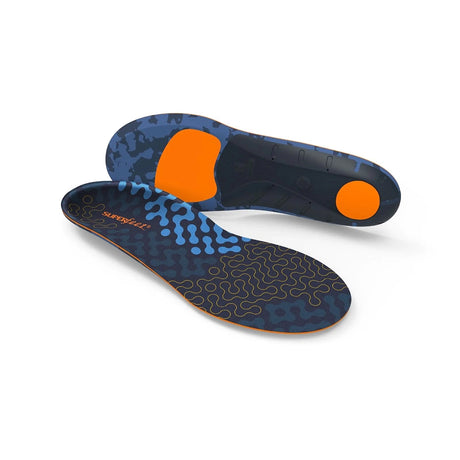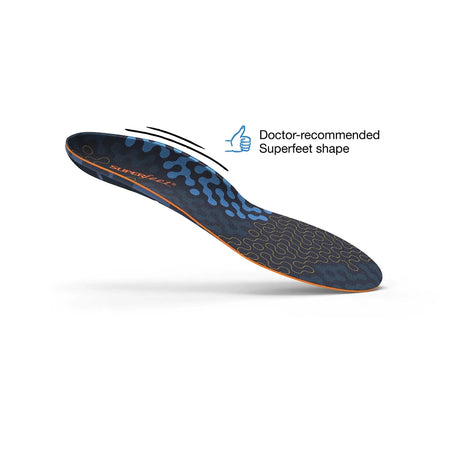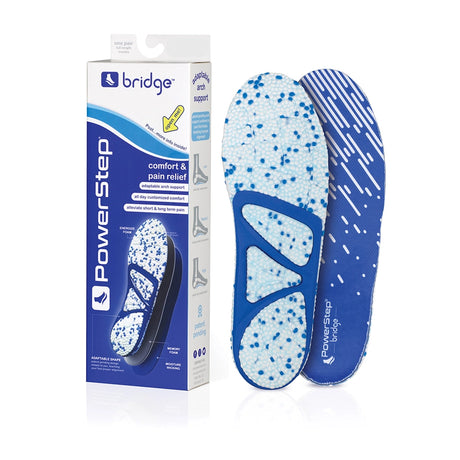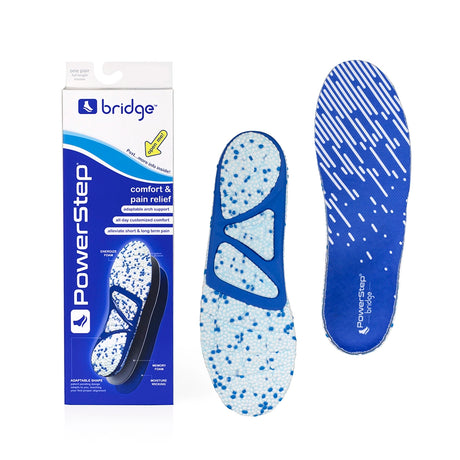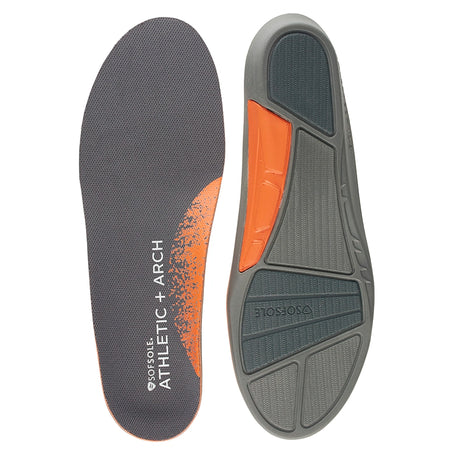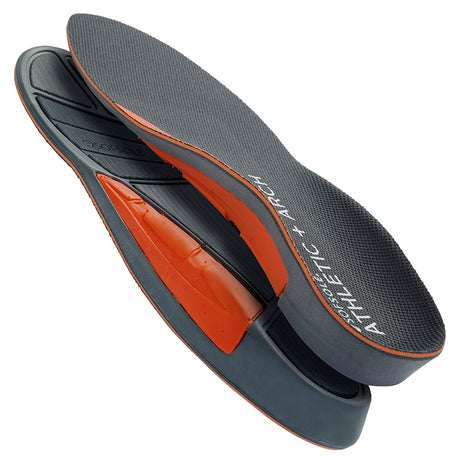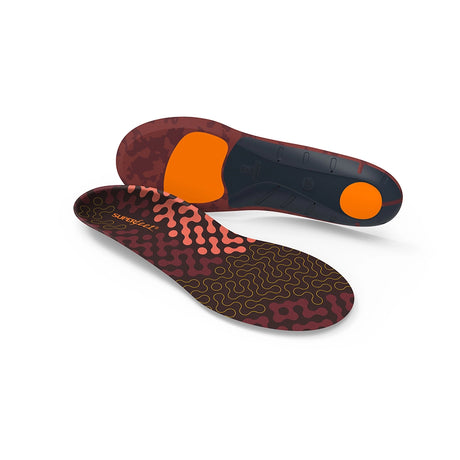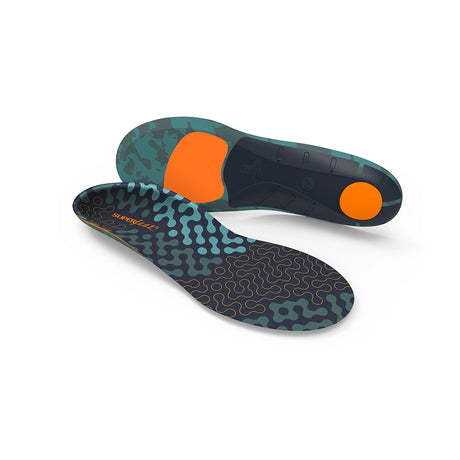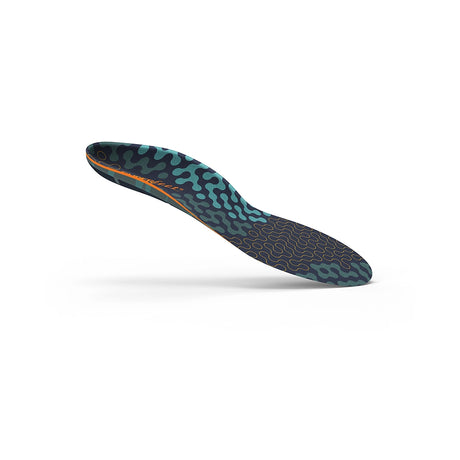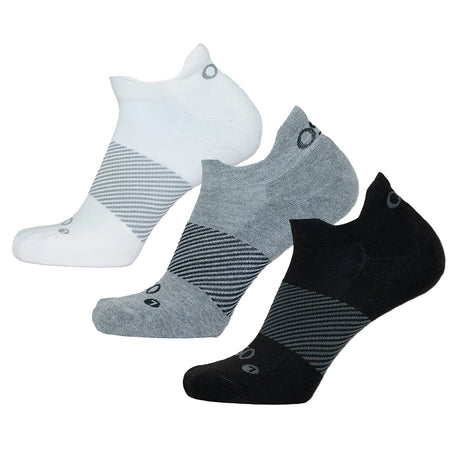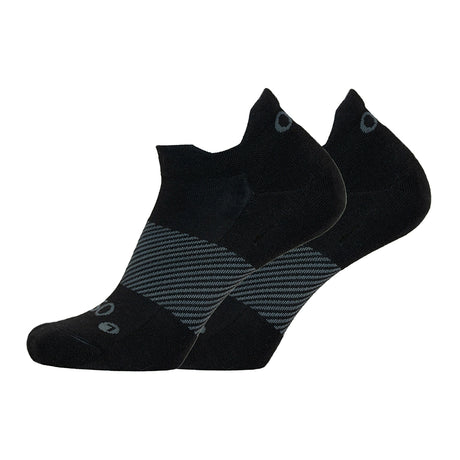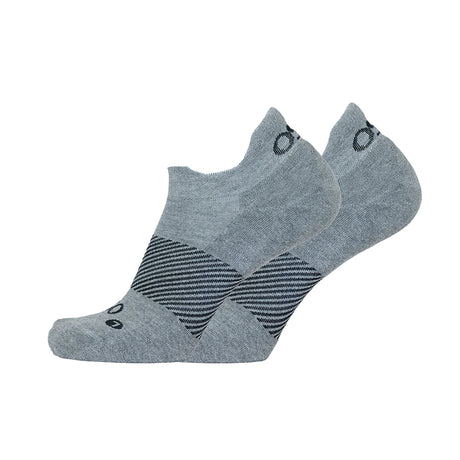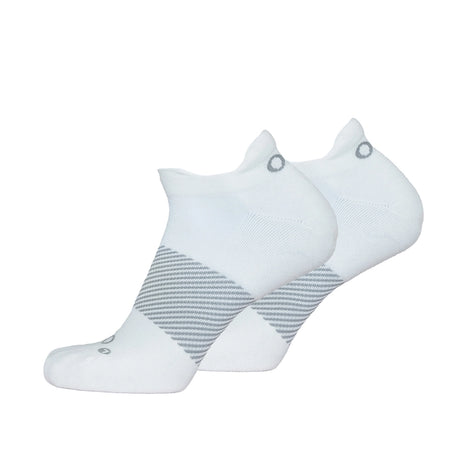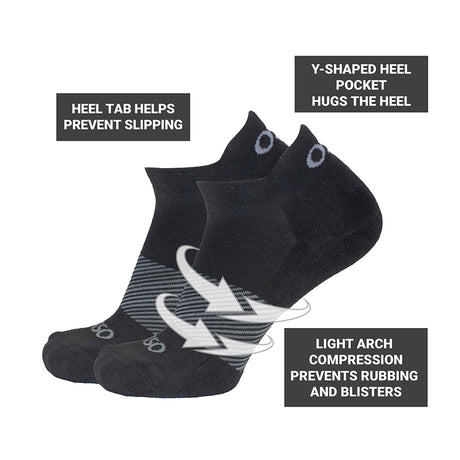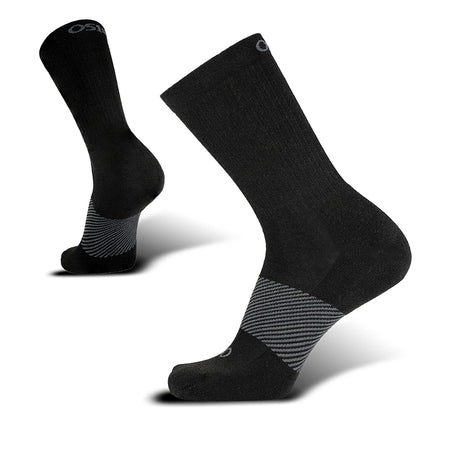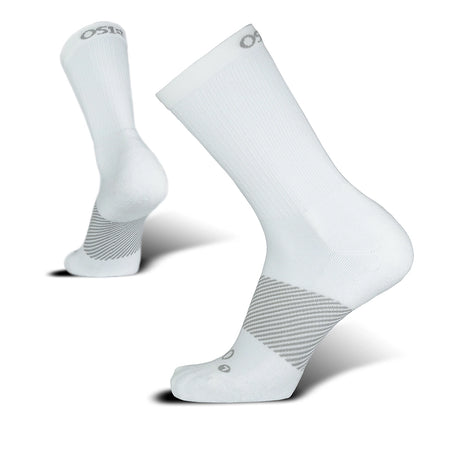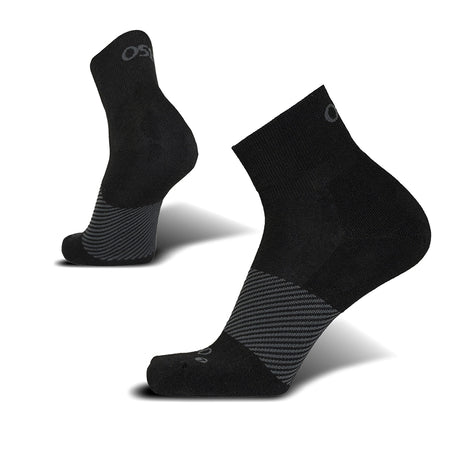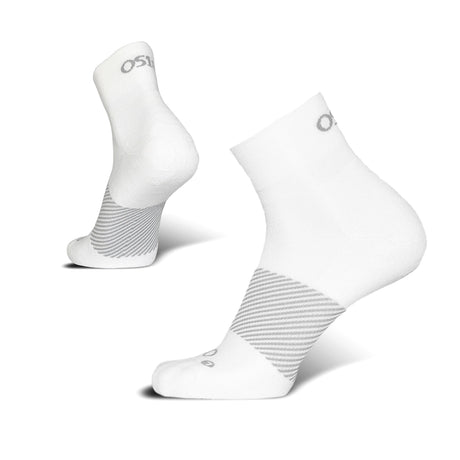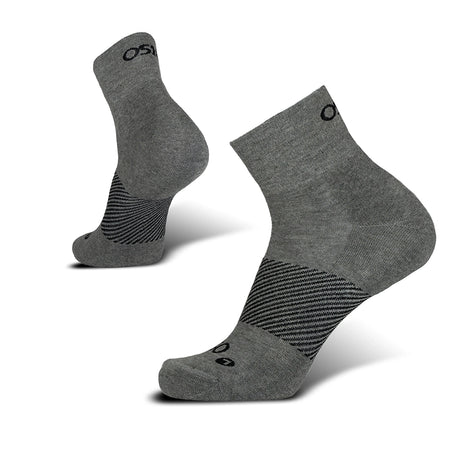Running Insoles
You're currently browsing our entire selection of insoles suitable for running. Use the product filters below to narrow your selection, or contact us if you have any questions or for a recommendation.
Currently shopping for:
Best for Running
Why do you recommend these items?
Why do you recommend these items?
We choose our product recommendations based on a combination of our own usage & opinion of the products, product design & product features, conversations we've had with our customers regarding their product usage & experience, and collective customer product feedback & reviews.
Looking for something different?
Looking for something different?
General recommendations aren't always a one-size-fits-all solution, and we understand that! Our team is more than happy to provide a customized recommendation for you. Simply contact us and give us some information about what you're looking for and we'd be happy to assist!
Running is one of the most popular and common forms of exercise. This includes running around your neighborhood, running the track at your gym or school, marathon running, treadmill use, and more. Running is a great way to stay in shape, but it's also an easy way to cause foot pain, discomfort, and even injury.
Because of this, we have an entire category focused on products that we think are suitable for runners to help not only support the foot, but also to support the entire lower body and also provide added comfort and energy return.
What determines whether an insole is suitable for running?
There are a few important features that define a good running insole or running shoe insert:
- Lightweight: We want your insole to facilitate your running, not hinder it. Since heavy insoles and shoe inserts would work against you, we strongly prefer insoles made of lightweight materials such as foam, carbon fiber, and plastic.
- Durable: Running puts a lot of strain on your feet, and thus also on your insoles. We want your insoles to be able to stand up to this demand, and we favor products that have proven that they can take a bit of a beating without wearing out too fast.
- Supportive: You might think it a bit counter-intuitive, but we want a running insole to have good support — ideally a semi-rigid support. Your insole should keep your foot supported without hindering normal foot movement; semi-rigid arch supports work best for this.
- Shock absorbent: Like mentioned before, running puts a lot of strain on the foot. The best insoles have shock-absorbing and/or energy-returning properties to help your foot to better absorb this strain. Strike padding under the heel and ball-of-foot are must-haves.
These four considerations go into every single product we consider to be ideal for running. However, there's a few other considerations that you may also want to think about:
- Cushioning should be secondary to our top 4 considerations. Extra cushioning is nice, and a plush insole always feels great against the foot. However, extra cushioning takes up more volume and adds more weight. Balance how much cushioning you want with these considerations.
- If you wear low-profile or minimalist running shoes, you probably need to consider a slim-fit insole. Thin insoles are designed to preserve room for your foot when wearing shoes that are ultra-thin or which don't have removable insoles.
What foot conditions are most common when running?
The most common two conditions are actually shin splints and foot fatigue. Shin splints are the result of excess shock being absorbed by the lower leg, causing soreness and even pain around the shins, while foot fatigue is characterized by general soreness around the foot.
Your feet undergo a lot of strain when you run. Think about it: With each step you take, your heels and lower leg will bear the brunt of your weight when you land, followed by the arch of the foot bearing this strain as your foot rolls through your step, followed by your forefoot and lower leg bearing this pressure as you push off into your next stride. And that's only with one step!
This strain, accumulated across hundreds or sometimes thousands of steps, is sure to cause some soreness in your feet and legs. And this is what foot fatigue and shin splints typically deal with.
What other foot conditions can running cause?
The most common "serious" foot condition is plantar fasciitis. We put "serious" in quotes here because we think that all foot conditions are serious, as they can quickly escalate from soreness to something more severe. However, plantar fasciitis is the most commonly diagnosed foot condition that is often associated with running.
We have a more in-depth write-up of plantar fasciitis on our Plantar Fasciitis page, but in short: The plantar fascia tendon runs along the bottom of your foot and helps support the arch of the foot. As you put strain on this tendon — especially if that strain is repeated time and time again — it will begin to sustain small tears. Over time, these tears increase in quantity and severity, leading to pain and inflammation that can be annoying at best or debilitating at worst.
Achilles tendinitis is another common foot condition associated with running. Similar to plantar fasciitis, Achilles tendinitis occurs whenever the Achilles tendon — which runs up the back of the foot at the heel and ankle — sustains injury. This happens most when the Achilles tendon is over-exerted, such as running without proper stretching or running while putting excess, sustained stress on the back of the foot.
What is "energy return"?
It takes physical effort to sustain the movement of the feet and legs when running. This involves picking up your feet, moving your legs through your stride, and touching down with each step you make. And during this last step — touching down after each stride — most of the energy you've used is transferred into the ground, effectively wasting all of that effort that you used to get there.
Energy return is simply the concept of preserving some of that otherwise-wasted energy. Rather than the energy being entirely dissipated into the ground with each step, your shoes and insoles should actively help to translate that energy into part of your next step. With gel padding especially, when your foot strikes the ground, the gel will absorb much of this energy, allowing it to "spring" back into your next step to help preserve some of the energy you've already spent.
Think of it like a marble vs. a bouncy ball: When you drop a marble, it will bounce very little, if at all. Compare this to a bouncy ball, which will bounce much more. The bouncy ball doesn't bounce back to the original height (the ground absorbed some of it), but much of the initial energy was preserved and used to bounce the ball back upwards. "Energy return" features in insoles and footwear work on a similar principle.

